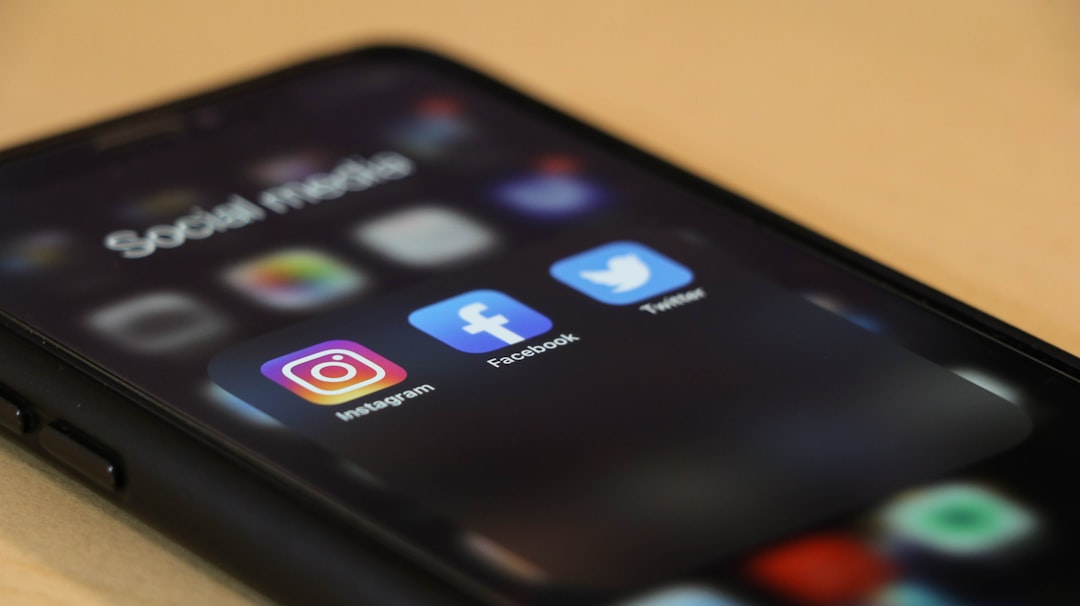What is it about?
With the rise of innovative and easy to access digital filmmaking tools, we wanted to understand how film has been applied within health research studies in recent years. We reviewed 20 studies that used film in depth to determine key practices, what needs to be considered when using film in research, and what kinds of unique opportunities film offers as an innovative research tool.
Featured Image

Photo by Jakob Owens on Unsplash
Why is it important?
While surveys, interviews, focus group discussions and participant observation have been critical tools for data collection, it is important to understand how innovative, community-centered and participatory tools like film can be used to collect important health information and better understand health experiences. Our findings show that film is a powerful tool for providing rich descriptions, capturing emic perspectives, increasing comfort, empowering participants and they serve as powerful tools for advocacy.
Perspectives
As an independent documentary filmmaker and public health researcher, I have always been drawn to considering the ways that I could bring the worlds of film and health research together. This project highlighted that there are a number of scholars in the health sciences that are experimenting with creative, visual and participatory approaches that are extremely innovative, creative and thought-provoking.
Sara Baumann
University of Pittsburgh
Read the Original
This page is a summary of: Is Film as a Research Tool the Future of Public Health? A Review of Study Designs, Opportunities, and Challenges, Qualitative Health Research, September 2019, SAGE Publications,
DOI: 10.1177/1049732319871251.
You can read the full text:
Resources
Contributors
The following have contributed to this page










